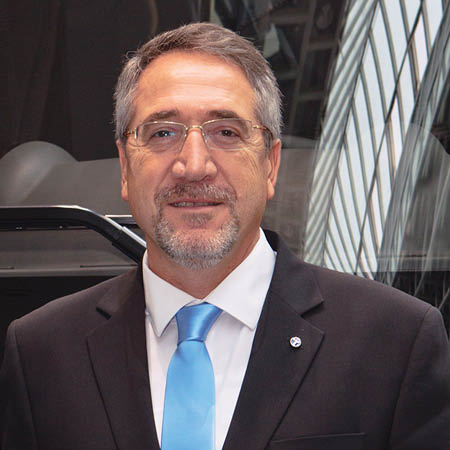Since the Otosan factory was established in Turkey’s capital of Istanbul in 1959, the automotive manufacturing industry has grown year on year. Originally a Turkish steel supplier, TEMSA branched into bus and light truck manufacturing in 1984. Now, TEMSA sells its buses and trucks into 64 countries and has a capacity of 11,500 vehicles a year.
The issue at TEMSA, CEO Dincer Celik explains, was managing so many different products in different markets. TEMSA makes more than one of type of bus. It produces long-distance coaches, intercity buses, midi buses, and city buses. Since all these different products are serving various markets, there is a lot of complexity to be managed. From 20092010, TEMSA had a quite bit of struggle with this complexity. After I joined the company, I saw the need to really manage this.
Dincer was appointed as CEO of TEMSA five years ago, after working for Kordsa Global since the start of his career. It was a big change for Dincer after spending 26.5 years at Kordsa. I knew I was new to a very well-established industry, but I really wanted to work in a different sector, Dincer explains. Its a challenge for many executives or general managers, but I really wanted to take on this role. In the beginning, I spent quite a time on the industry, customers, suppliers, company metrics, and our peoples capabilities. From there onwards I started to build a strategy and prepare a new business model.
I am also a technical person, so although I am not an automotive engineer I spent quite a long time on the technical side, on the bus design, on the modularisation, on creating commonalities between different buses and platforms. From there onwards I turned my face to the market, to the sales, to the customers, to the segments, and with the team we created a workable and sustainable business plan on managing our brand and products. That was how I spent my first years at TEMSA.



